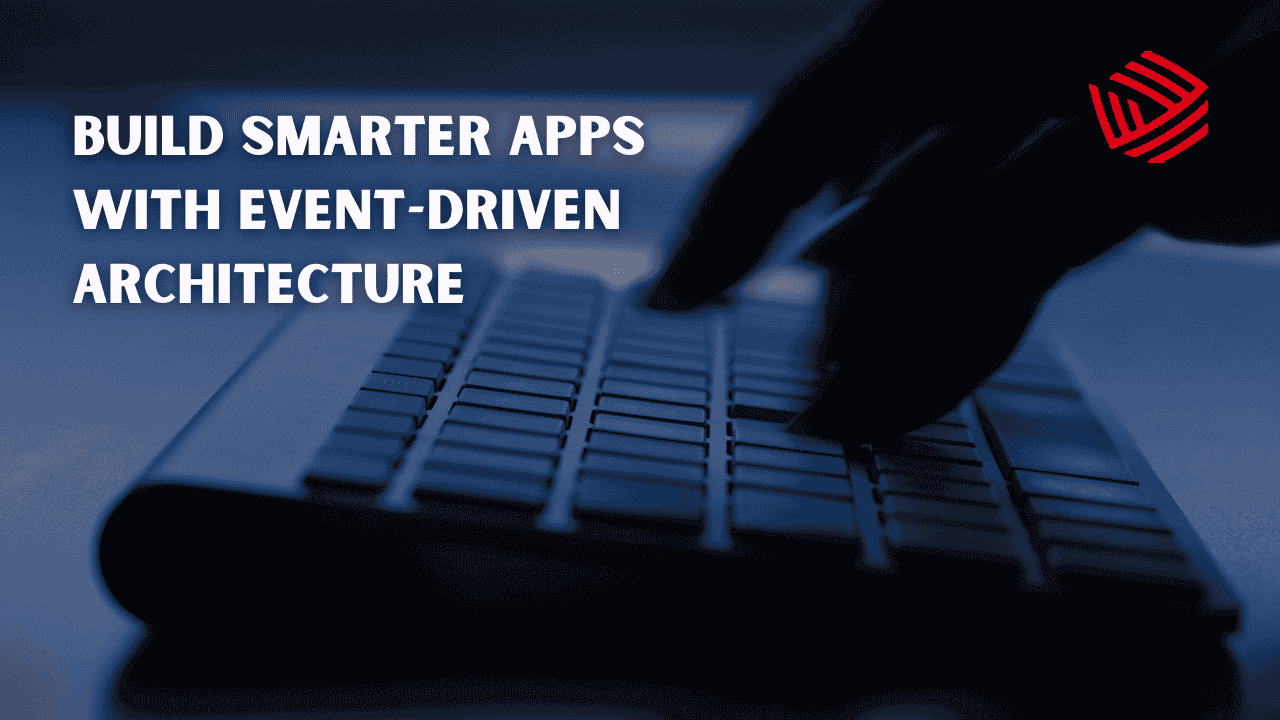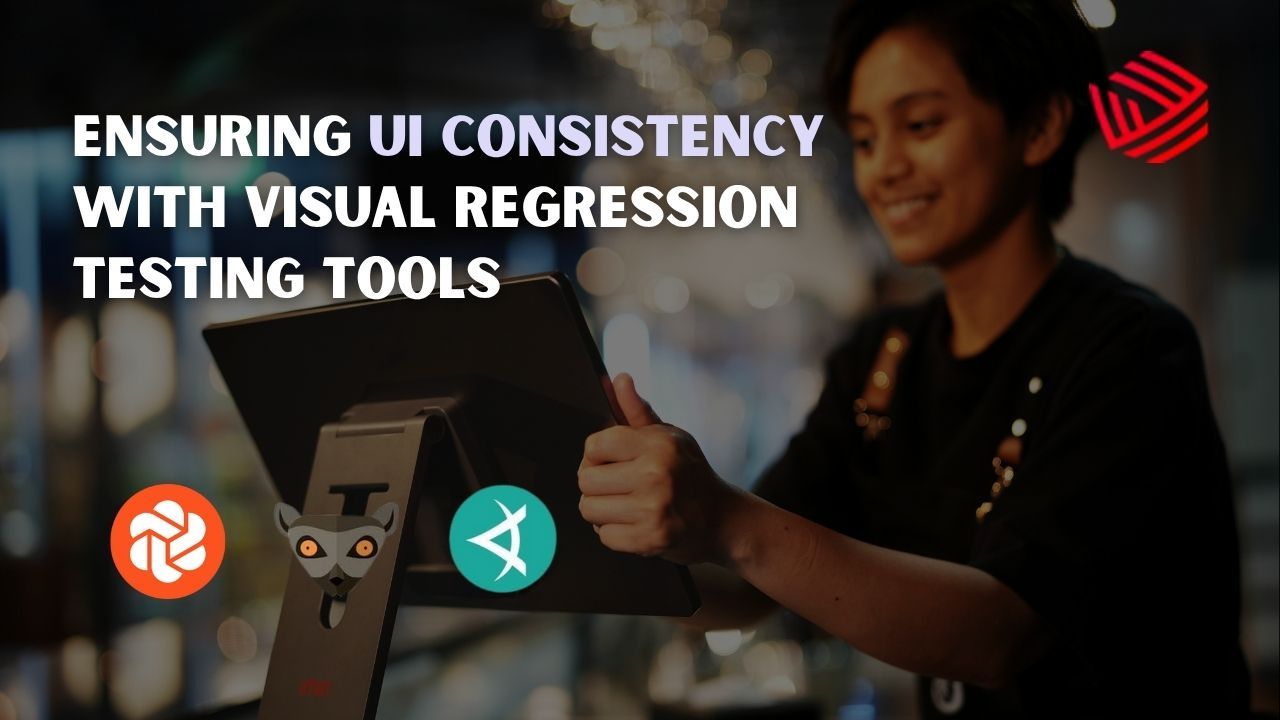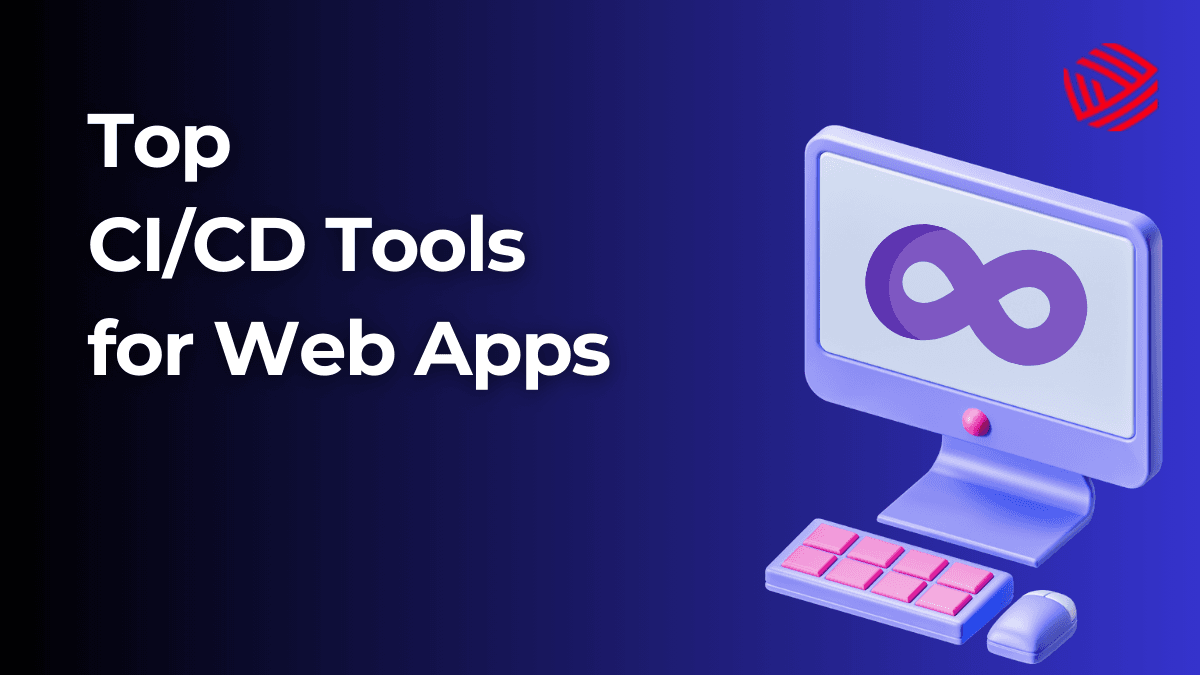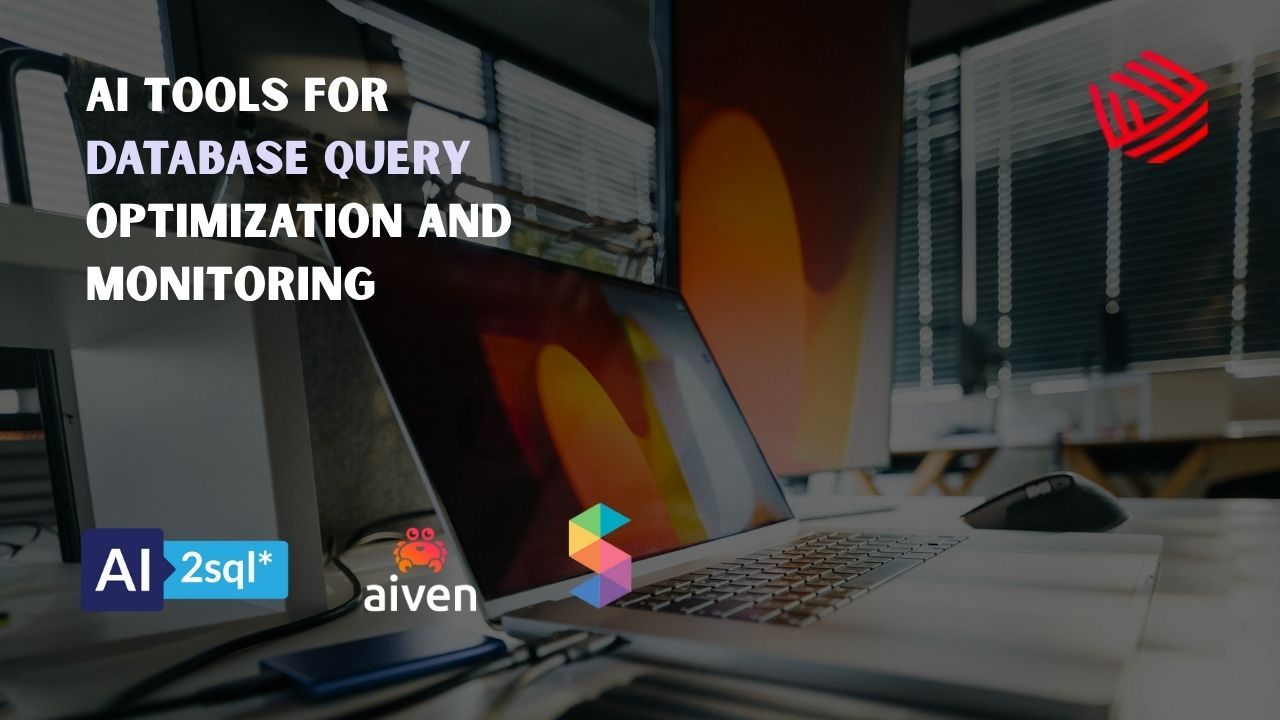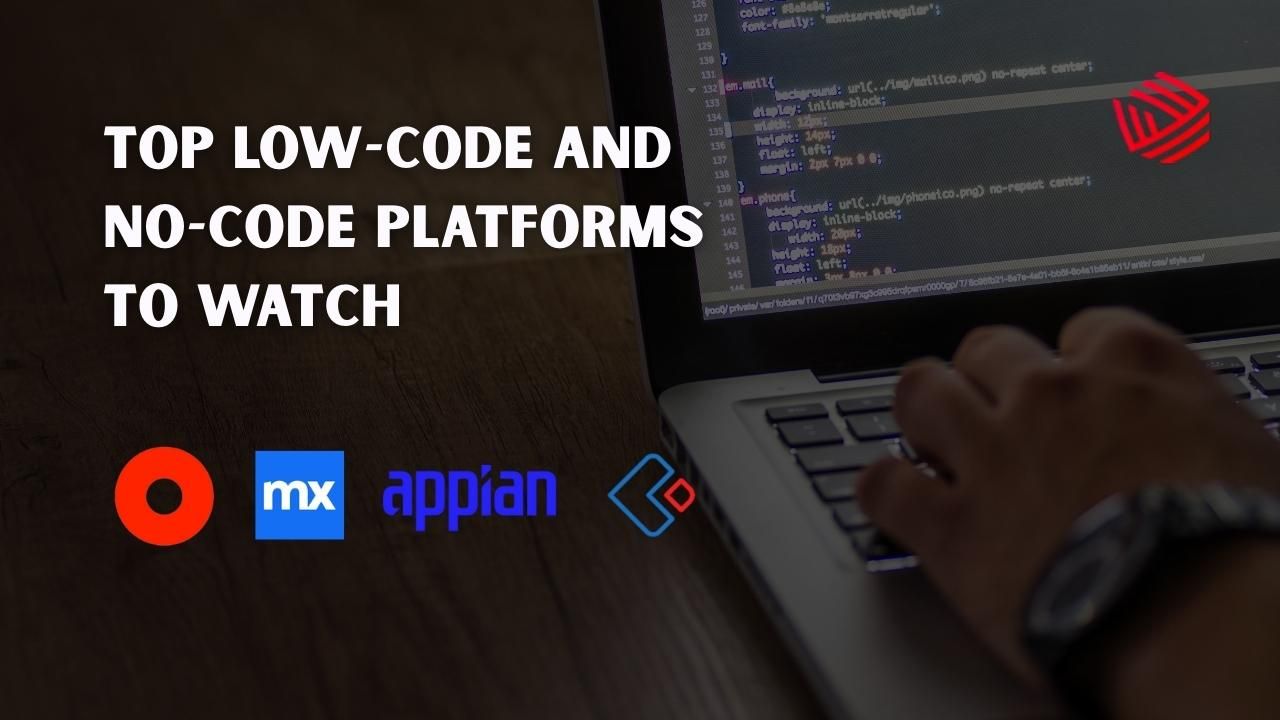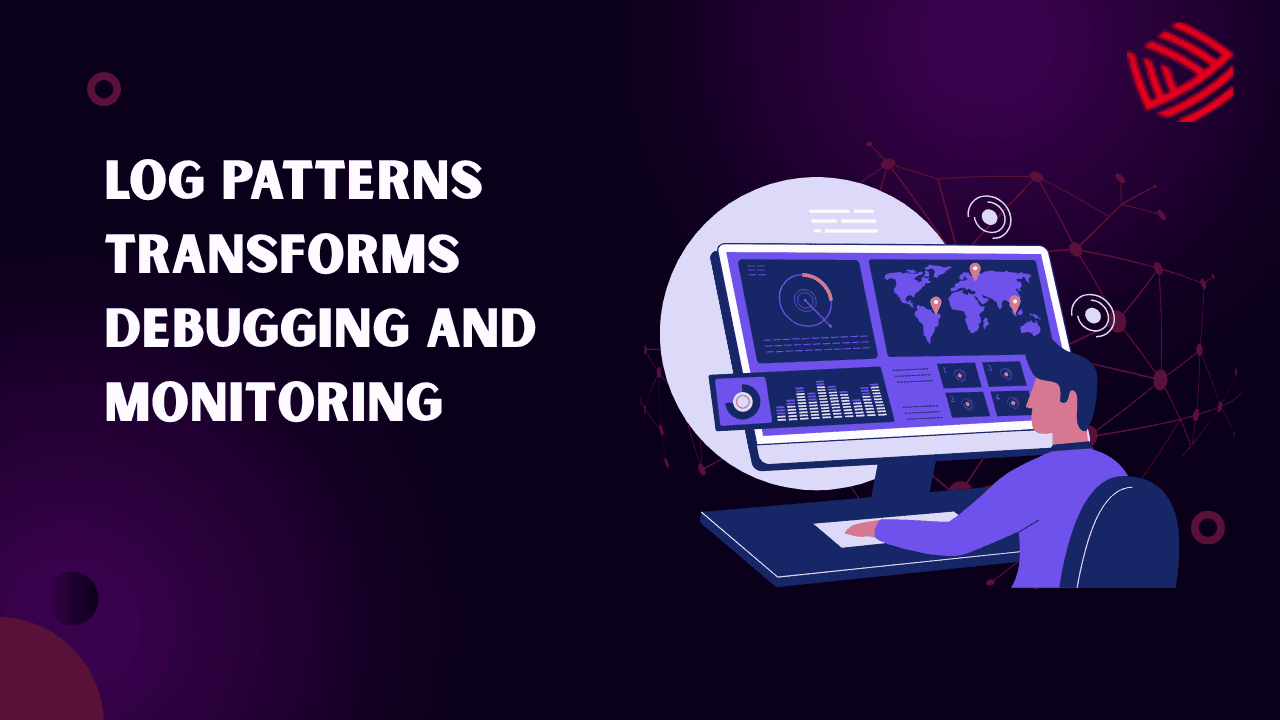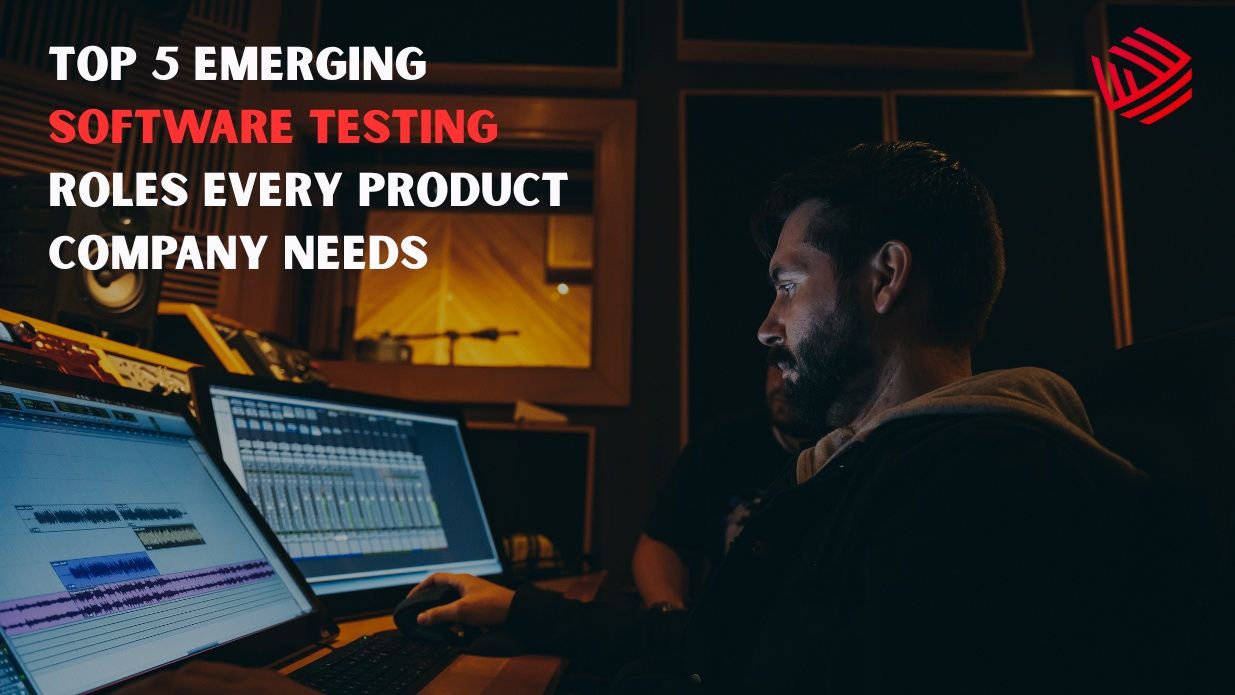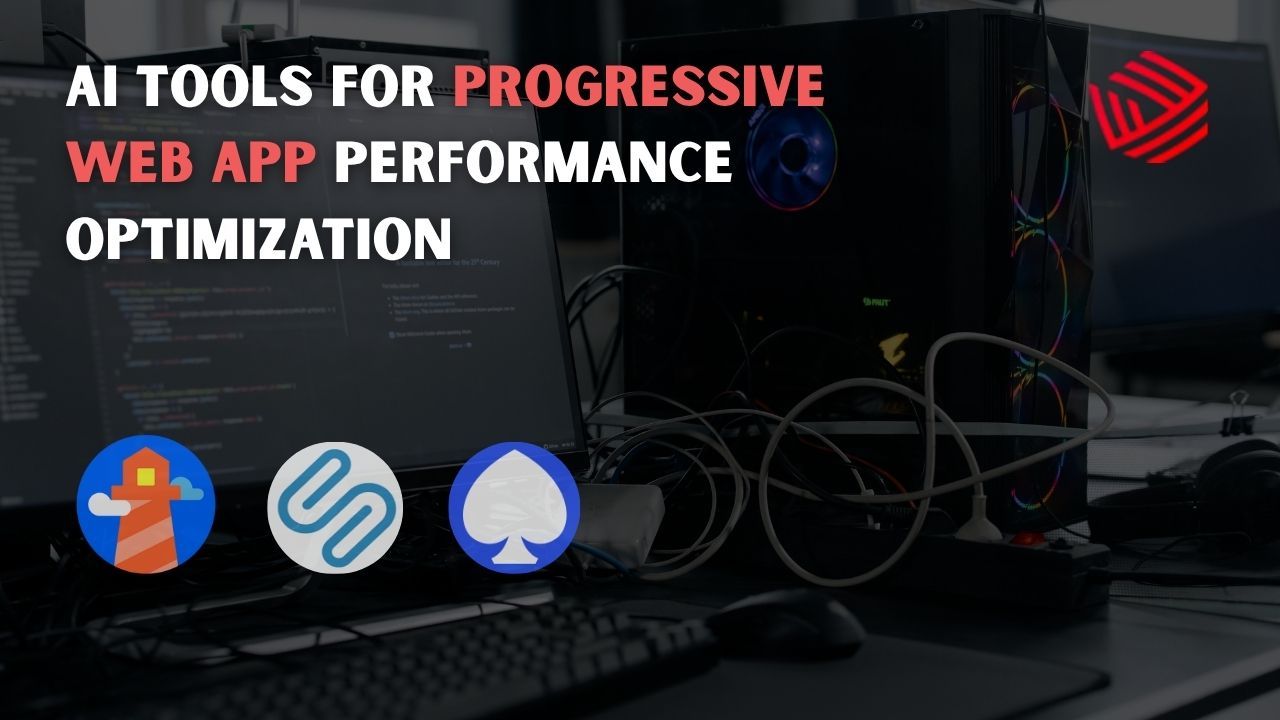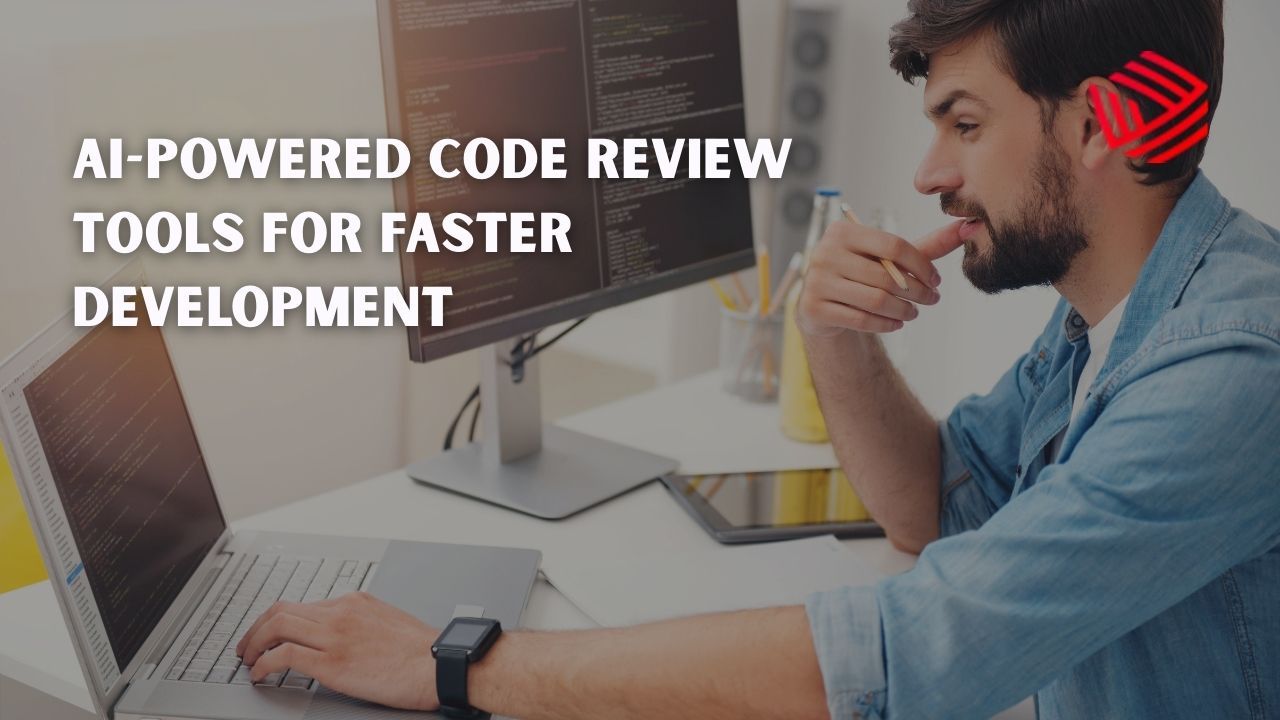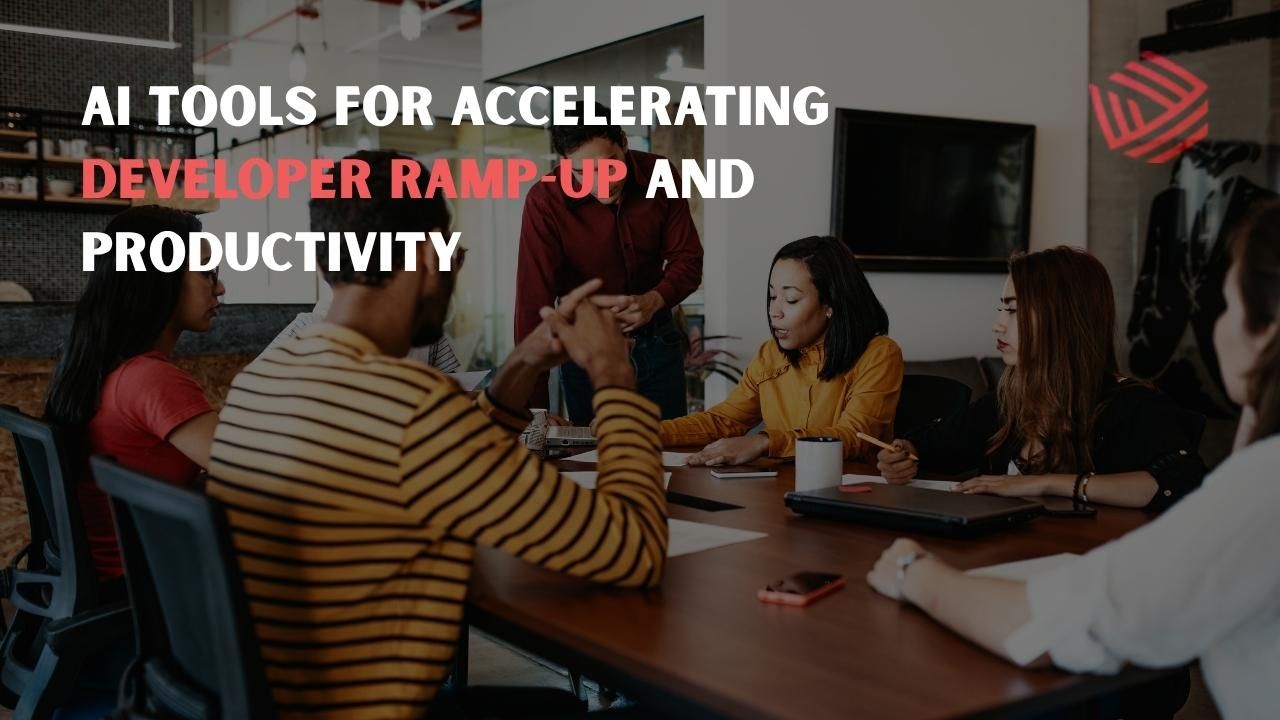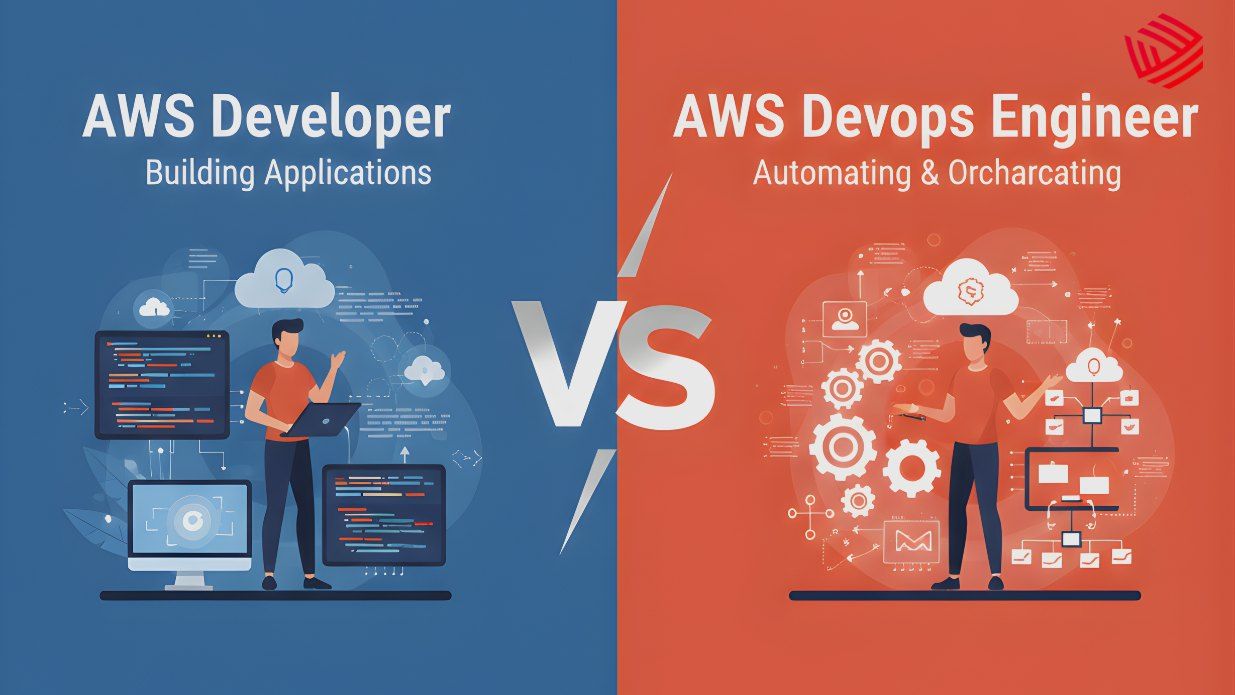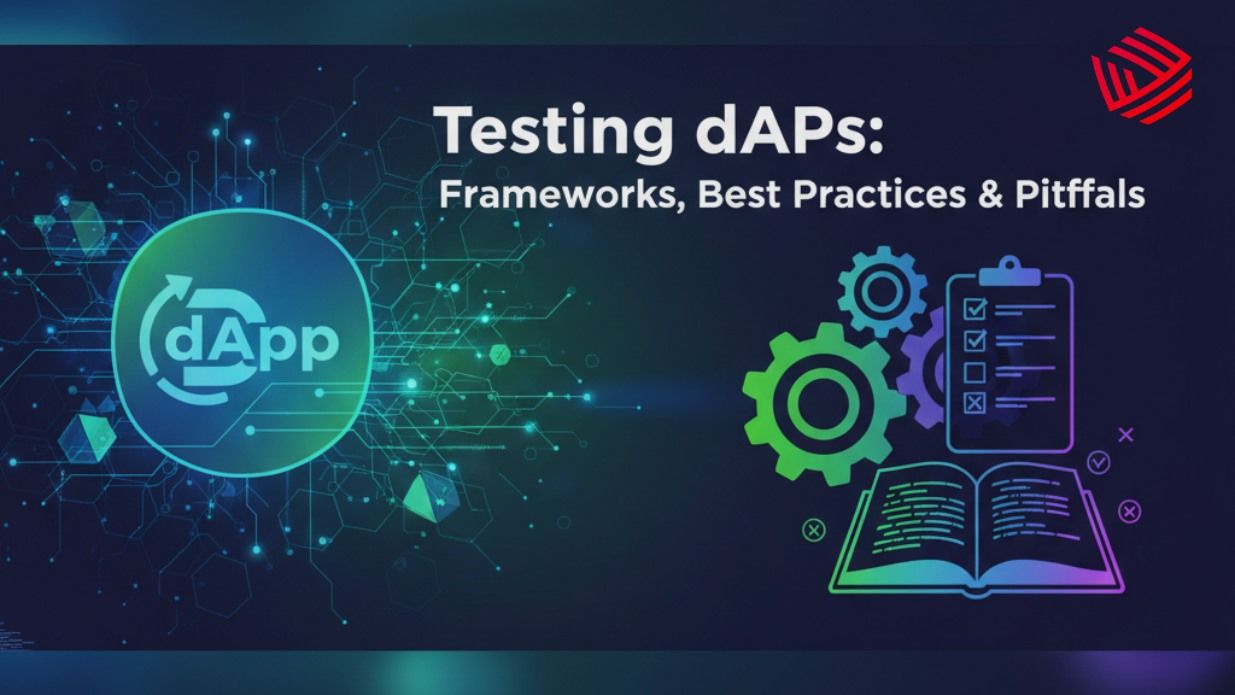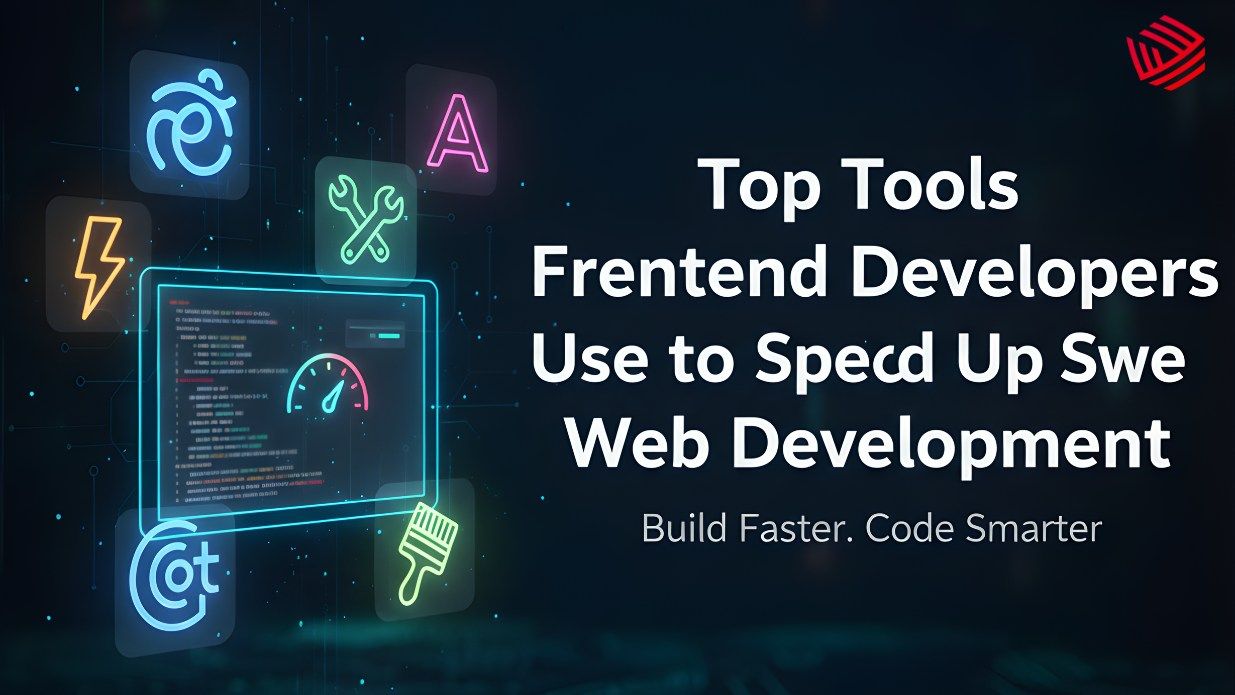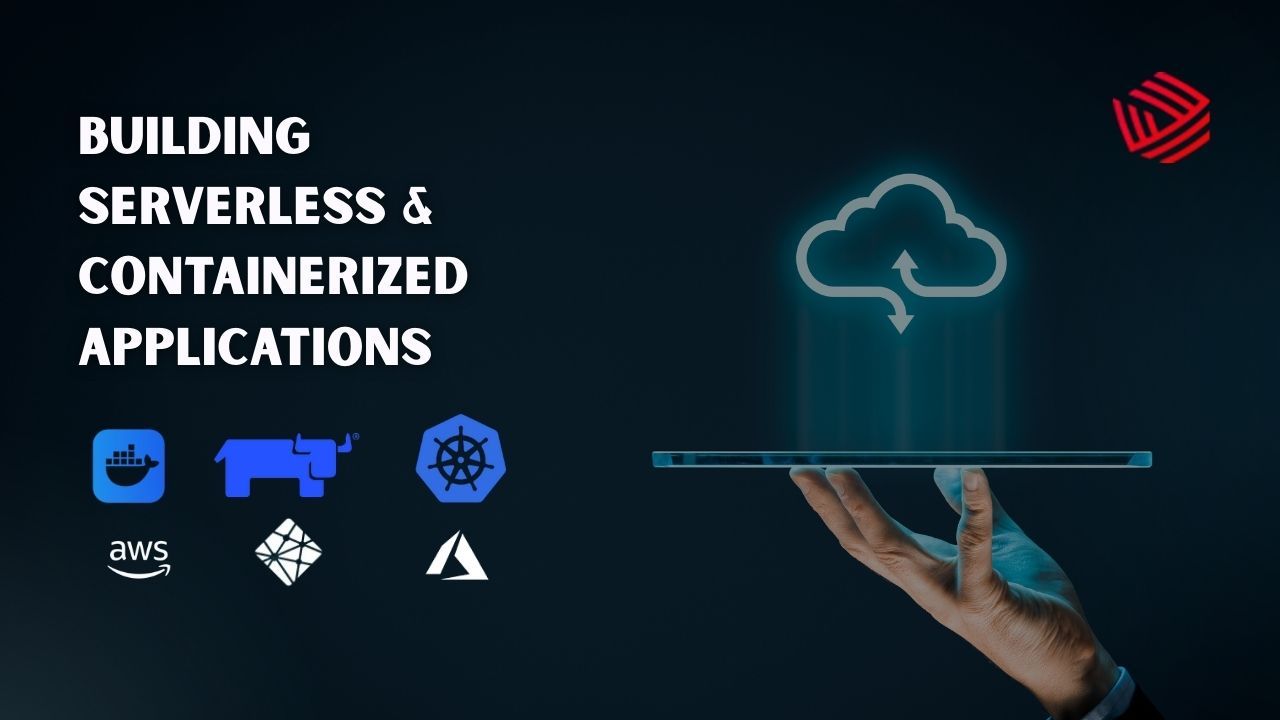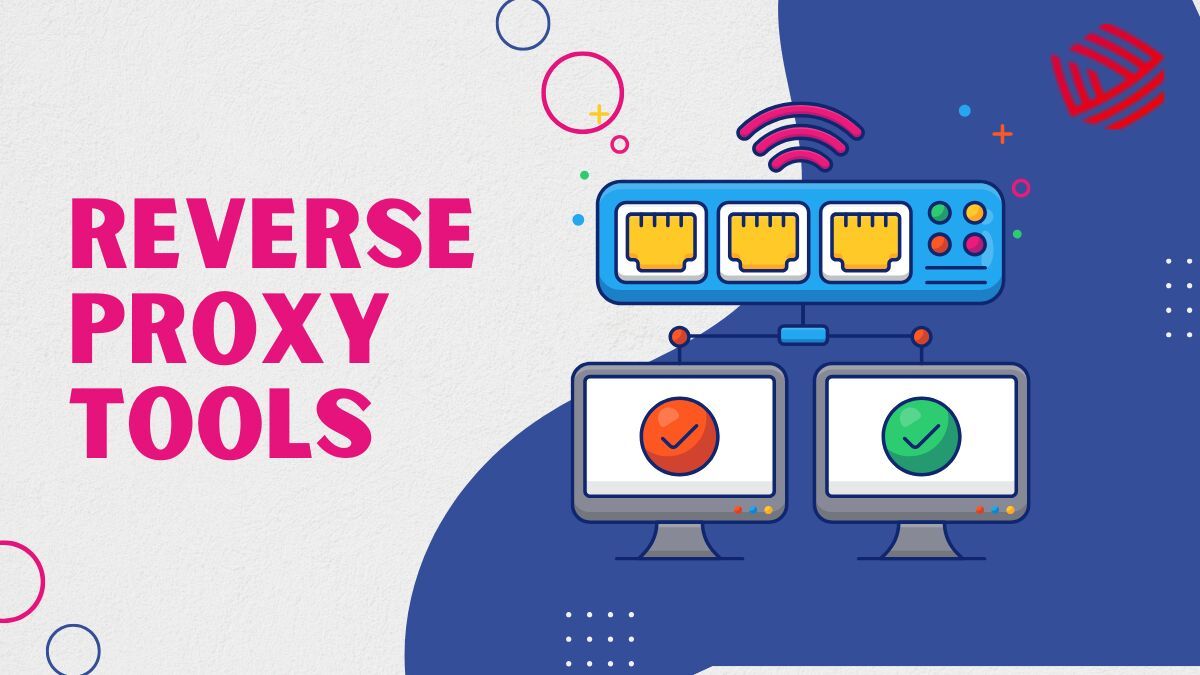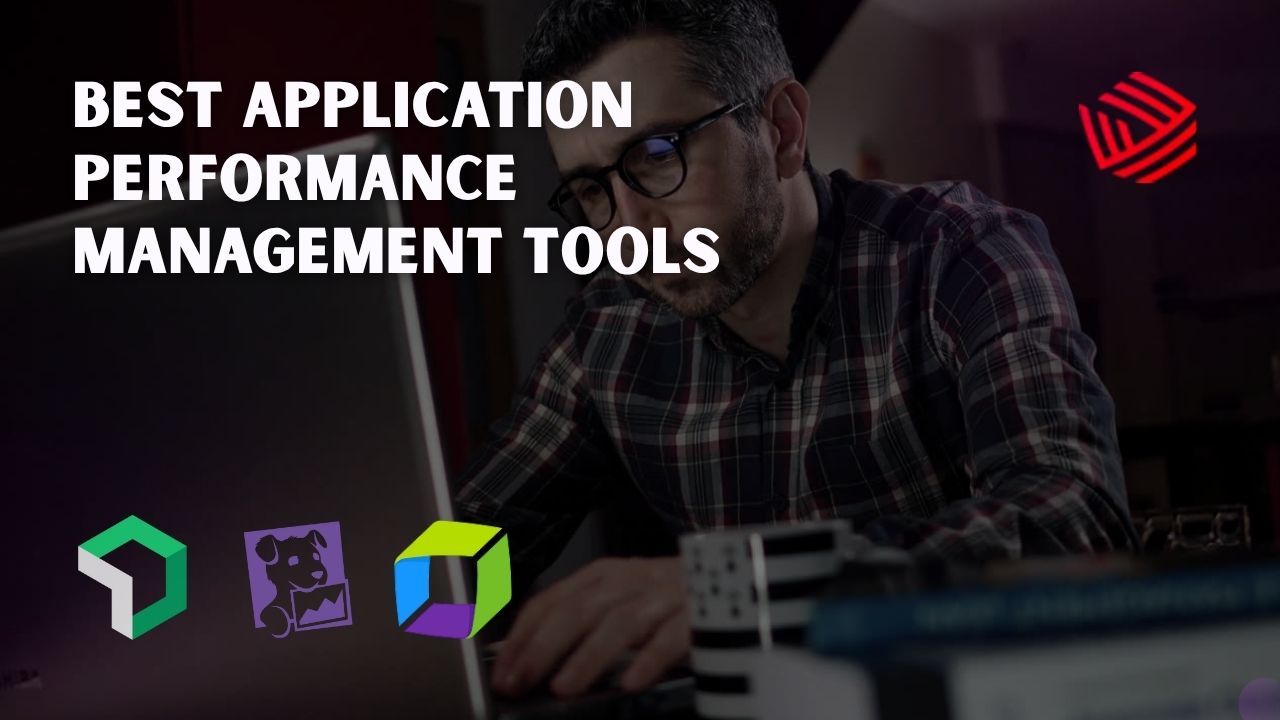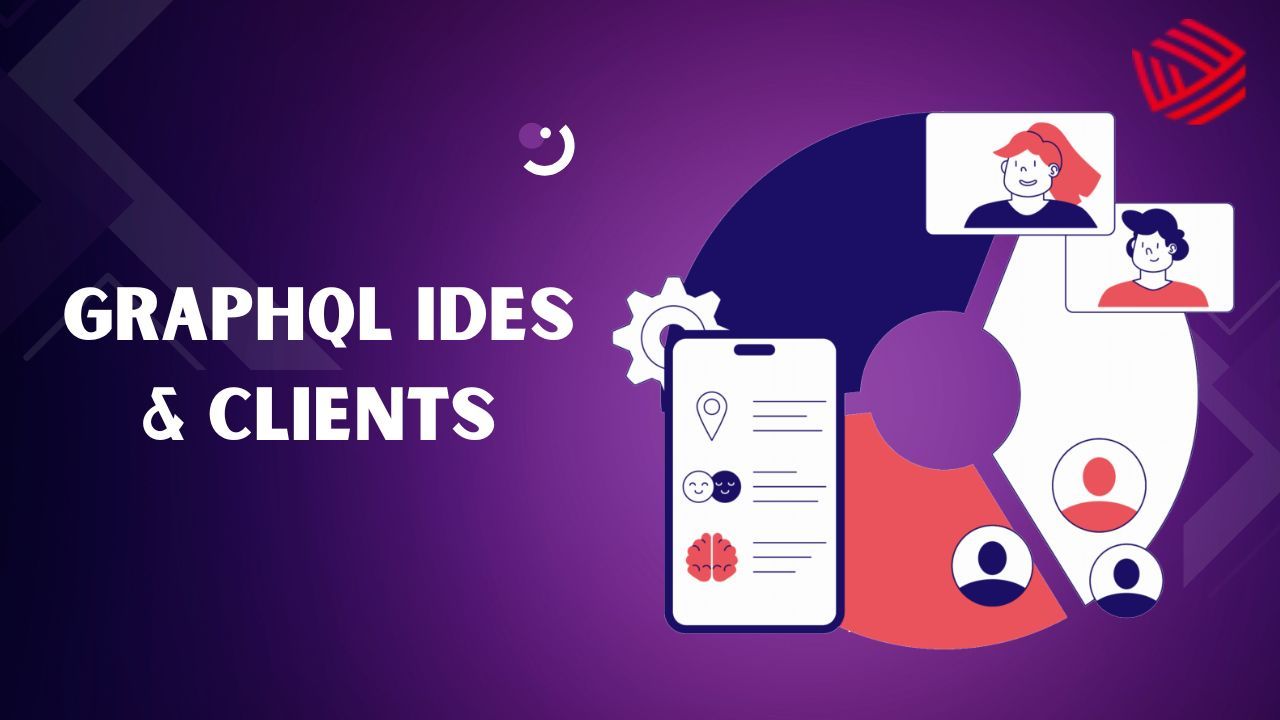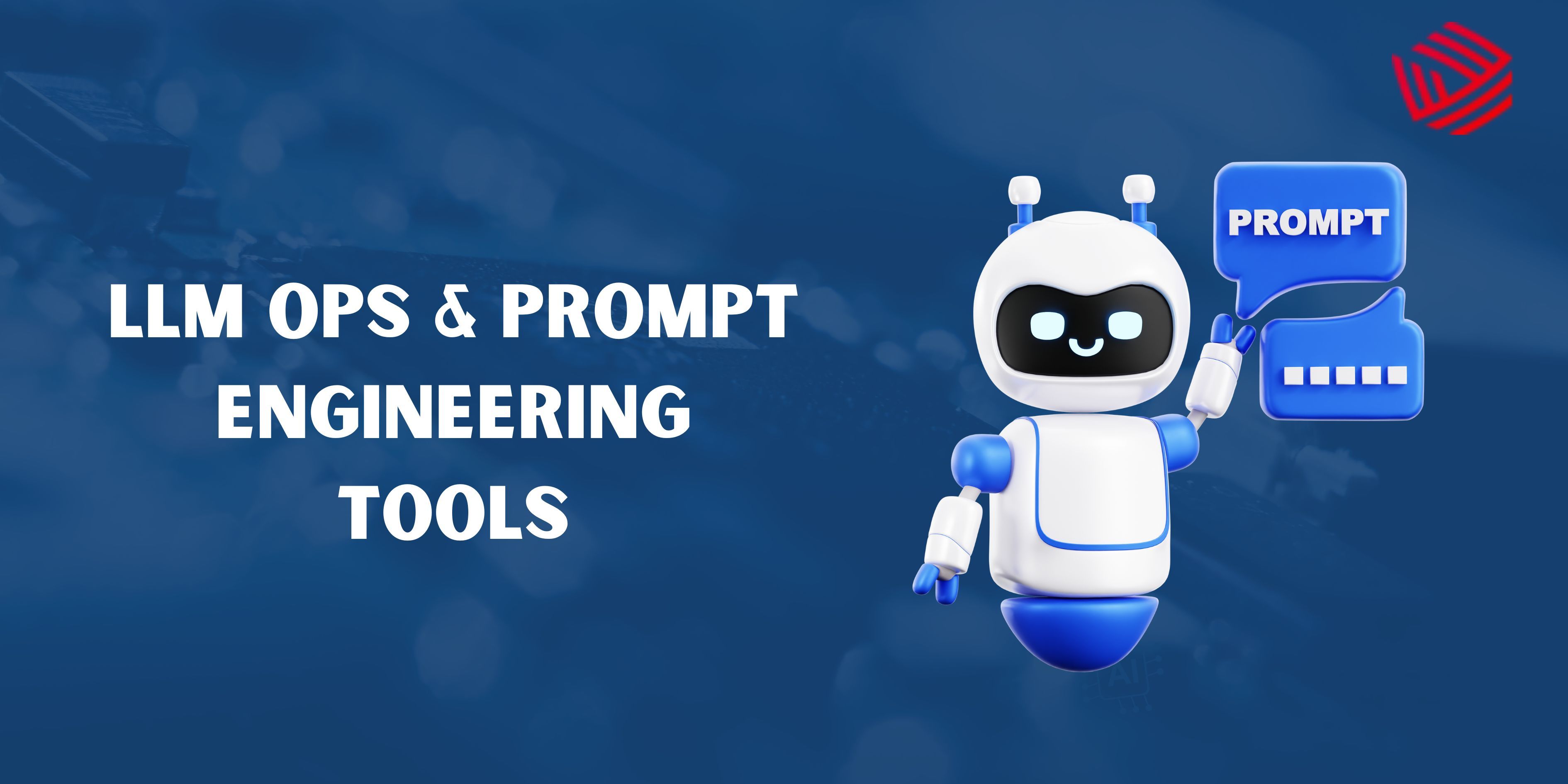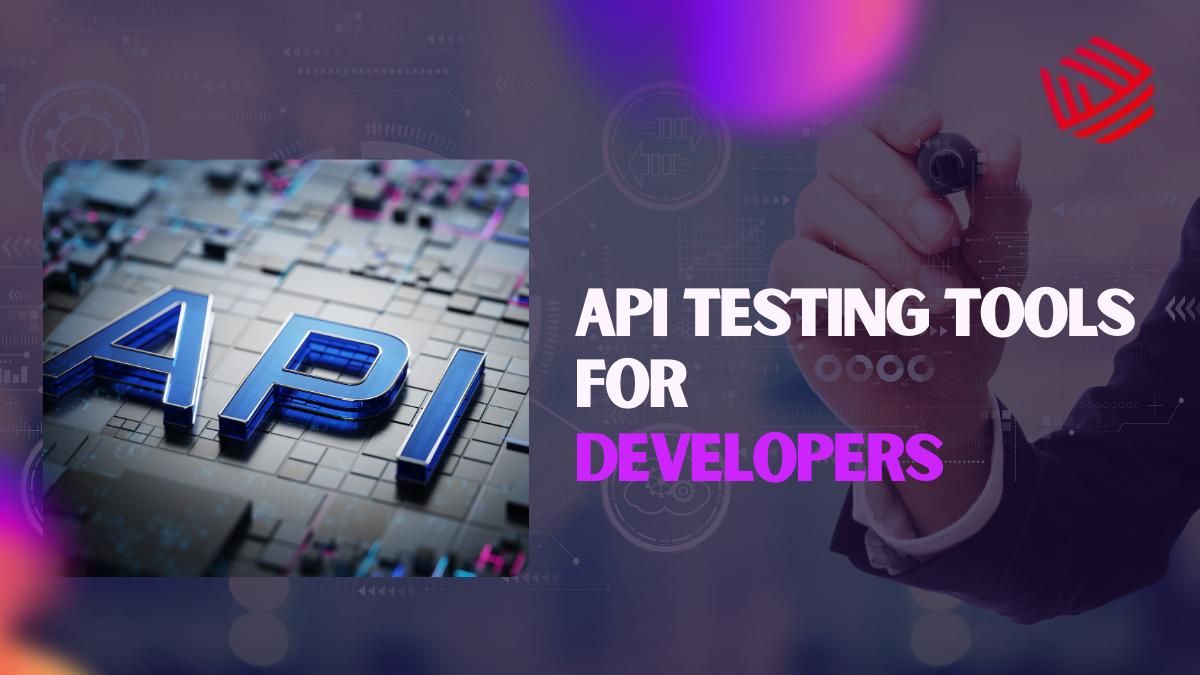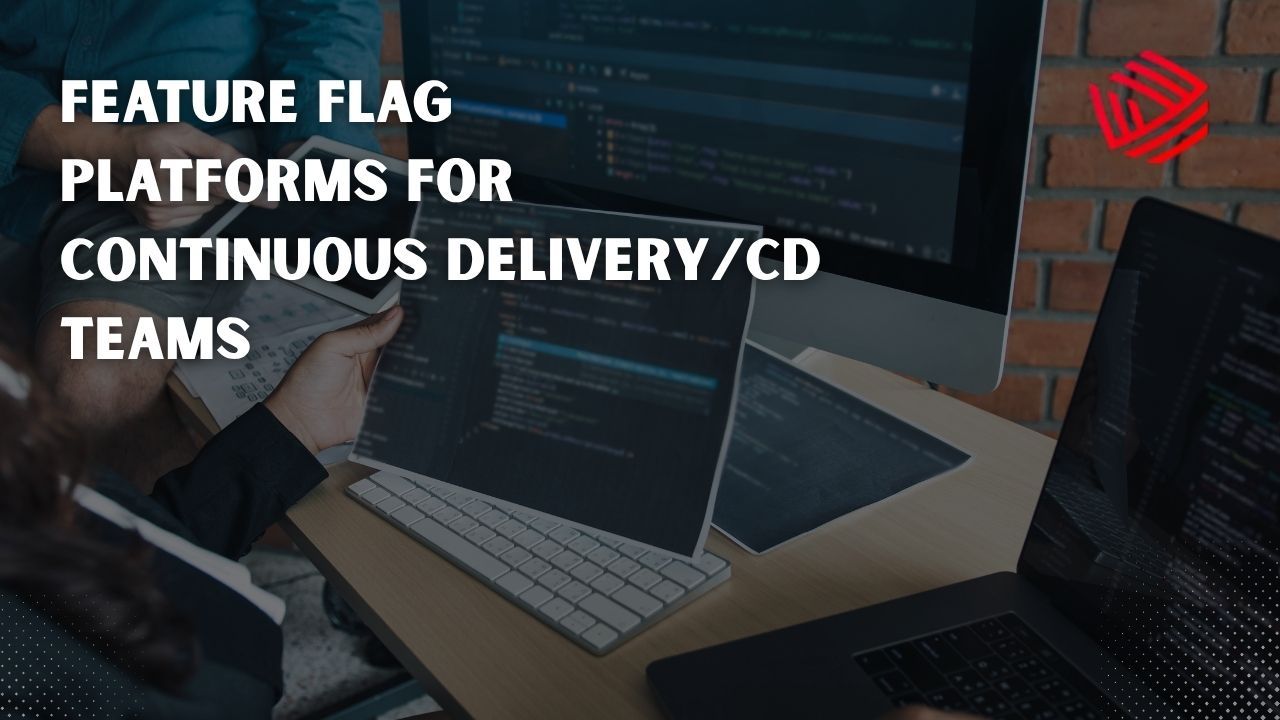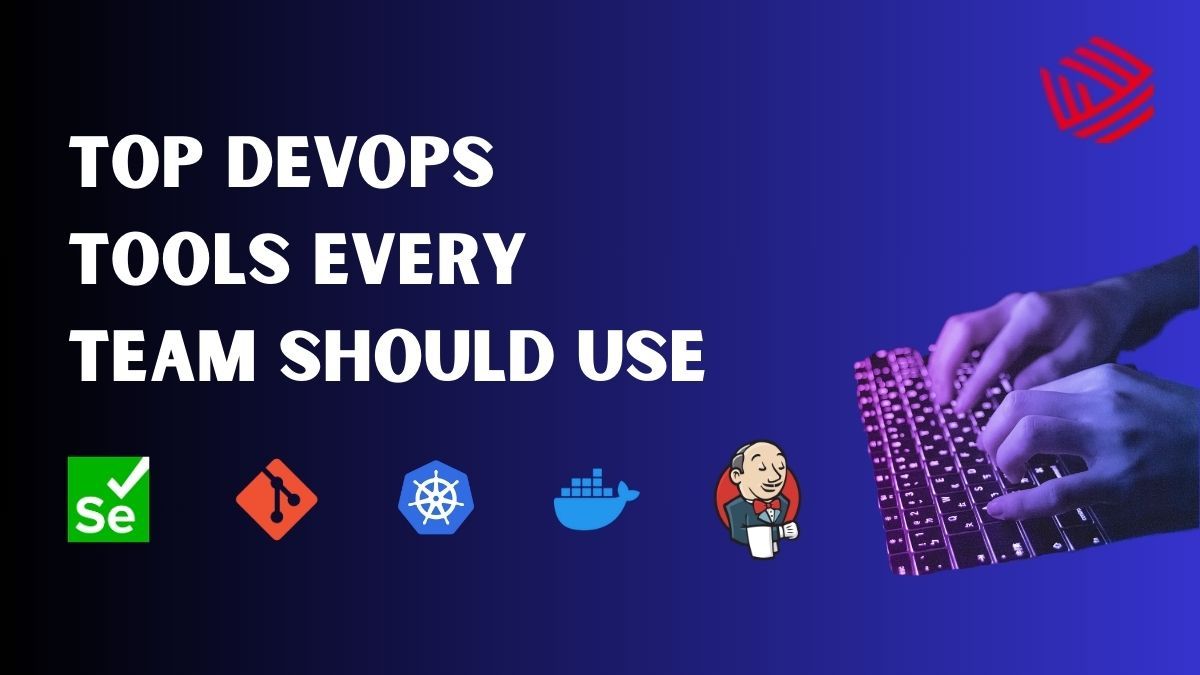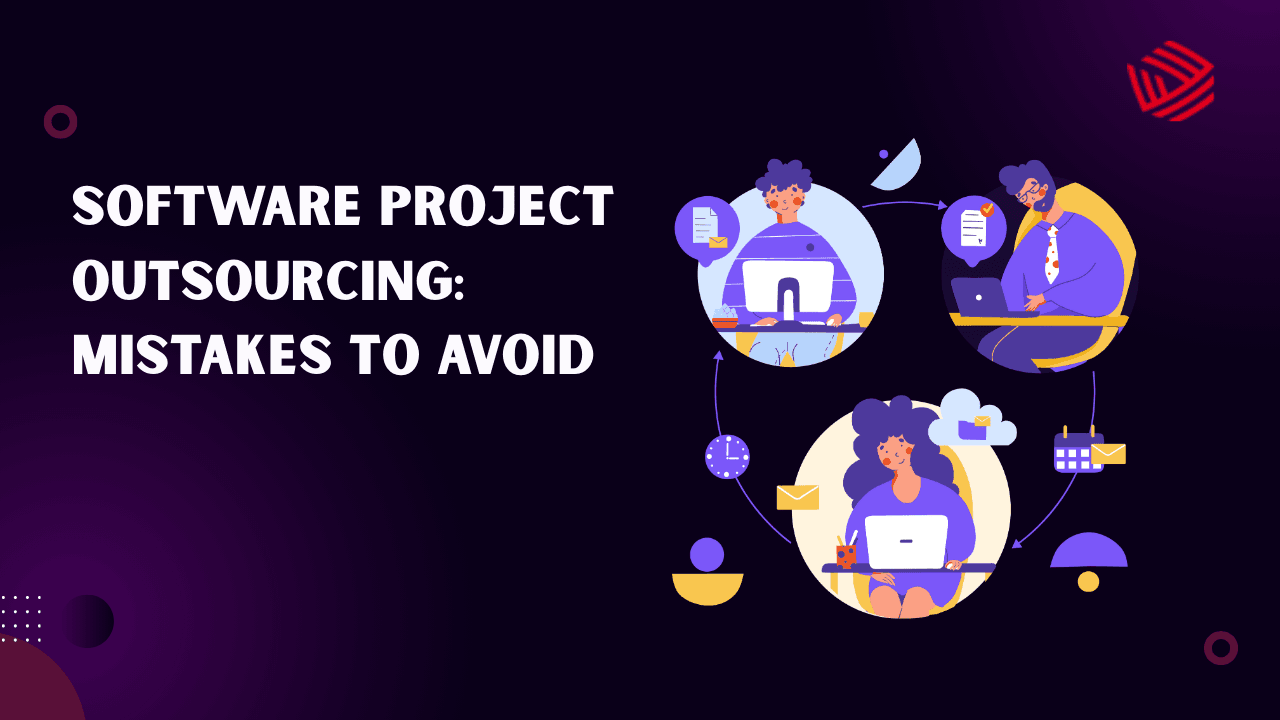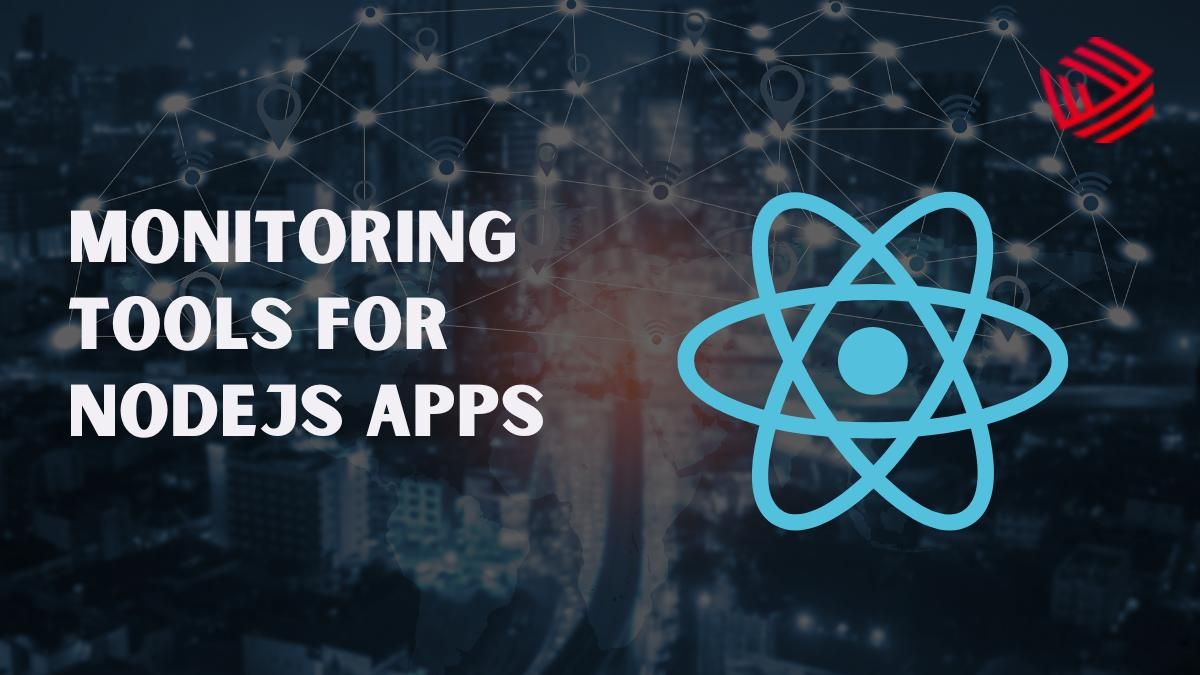Modern applications operate in a world where speed and user expectations set the bar higher than ever. Customers want instant order confirmations, real-time notifications, and personalized recommendations without delay. Businesses, in turn, need applications that can adapt, scale, and remain resilient even under heavy loads.
Traditional request-response models struggle to keep up with these demands. Event-Driven Architecture (EDA) has emerged as a modern solution that makes applications faster, smarter, and more future-ready. We’ll explore what EDA is, why it matters, how it works, and why it’s becoming the go-to architecture for today’s software systems.
What is Event-Driven Architecture?
Event-driven architecture is a design pattern where systems react to events — changes in state or significant occurrences. Unlike traditional architectures that rely on direct calls and responses, EDA allows events to trigger actions asynchronously.
Think of it like this: in an online store, a “payment successful” event can simultaneously trigger multiple processes — sending an email confirmation, reducing stock inventory, and updating analytics dashboards. Each system doesn’t have to wait for another; they all subscribe to the same event stream and react independently.
This decoupled approach makes systems more modular, scalable, and efficient.
Why Traditional Architectures Fall Short
Before EDA, most applications were built using monolithic or tightly coupled client-server models. While this worked for smaller systems, problems arise as applications scale:
- Latency: Users face delays because systems wait for synchronous responses.
- Brittleness: A failure in one service can cascade across the entire system.
- Scaling issues: Adding new features often means rewriting large parts of the codebase.
- Data delays: Batch processing introduces lag, which is unacceptable for real-time apps.
In industries where milliseconds matter — like trading, gaming, or IoT — these limitations are deal-breakers.
How Event-Driven Architecture Works
EDA revolves around three core components:
- Event Producers – Services or devices that generate events (e.g., “user logged in”).
- Event Brokers – Middleware that transports and distributes events (e.g., Kafka, RabbitMQ, AWS EventBridge).
- Event Consumers – Applications or services that react to those events (e.g., updating dashboards, sending alerts).
This design allows systems to remain loosely coupled. Producers don’t know who will consume the event, and consumers can subscribe without altering the producer’s code.
Core Principles of Event-Driven Architecture
To better understand why EDA works, here are the guiding principles:
- Asynchronous communication: Events don’t block operations; they’re processed independently.
- Decoupling of services: Producers and consumers evolve separately, increasing agility.
- Scalability by design: Event brokers can handle millions of events per second.
- Resilience: If one consumer fails, others continue to process events without disruption.
These principles align with modern cloud-native and microservice-driven ecosystems, making EDA a natural fit.
Benefits of Event-Driven Architecture
Real-Time Responsiveness - Applications can instantly react to user actions, improving customer experiences. Imagine receiving a push notification for your flight delay seconds after the airline updates its system. Full Stack development is beneficial to implement the dynamic real-time data efficiently.
High Scalability - Event brokers like Kafka are designed to handle massive throughput, allowing apps to manage millions of events in real-time.
Loose Coupling & Flexibility - Because services don’t depend on each other directly, it’s easier to add new features without disrupting the entire system.
Resilience and Fault Tolerance - If one event consumer fails, others can continue to function, ensuring system stability.
Future-Proofing - As technology evolves, EDA makes it easier to integrate new services, analytics platforms, and AI/ML pipelines.
Practical Use Cases of Event-Driven Architecture
E-commerce: From cart updates to personalized offers, events drive everything behind the scenes. Amazon processes billions of such events daily to provide real-time recommendations and order tracking.
- Banking & FinTech: Instant fraud detection depends on event triggers that flag unusual spending patterns in real time.
- IoT and Smart Homes: Devices like Alexa, Nest, and smart locks rely on EDA to respond immediately to user commands or sensor data.
- Healthcare: Patient monitoring systems generate alerts when vital signs cross thresholds, allowing faster intervention.
Gaming: Multiplayer games use EDA to broadcast player actions instantly across global servers, creating seamless experiences.
Event-Driven Architecture vs Microservices
Event-driven architecture is a design pattern where systems react to events, focusing on asynchronous communication between loosely coupled components. Microservices is an architectural style that structures an application as a collection of small, independent services, which may or may not use an event-driven approach for communication.
Distinction b/w Event-Driven Architecture & Microservices:
Microservices - It break applications into independent components but often rely on REST APIs for communication.
Event-Driven Architecture - It provides the glue that connects these microservices in real time.
Together, they create a powerful, flexible ecosystem: microservices provide modularity, and EDA provides software responsiveness.
Event-Driven Architecture vs Request-Driven Architecture
It’s worth contrasting EDA with traditional request-driven models:
- Request-Driven: User requests → server processes → sends response.
- Event-Driven: Events happen continuously, and systems respond instantly without waiting for explicit requests.
This shift from pull-based to push-based communication makes EDA more suitable for modern, data-intensive applications.
Challenges of Event-Driven Architecture
While EDA is powerful, it’s not without challenges:
Complex Debugging: Tracking asynchronous event chains is harder than following a direct request path.
Operational Overhead: Event brokers require setup, scaling, and monitoring.
Data Duplication: Multiple consumers can lead to redundant processing.
Event Storming: Poor design can create overwhelming amounts of unnecessary events.
Best Practices for Successful EDA Adoption
To overcome challenges, organizations should:
Invest in Observability – Implement logging, tracing, and monitoring for event flows.
Choose the Right Broker – Kafka for high throughput, AWS EventBridge for cloud-native apps, RabbitMQ for simpler use cases.
Adopt Event Storming Workshops – A collaborative method to design events before coding.
Plan for Schema Evolution – Use tools like Avro or Protobuf for backward-compatible event schemas.
Prioritize Security – Encrypt events, manage access control, and ensure compliance.
Why EDA is Becoming Essential for Modern Apps
The shift to cloud-native, serverless, and AI-driven systems makes real-time responsiveness a non-negotiable requirement. Whether it’s a logistics firm tracking shipments worldwide or a fintech startup monitoring payments, EDA provides the backbone for modern innovation.
With its ability to handle speed, scale, and resilience, EDA is no longer just an advanced option — it’s becoming the new default architecture for building future-ready apps.
Future of Event-Driven Architecture
Looking ahead, EDA will likely play a bigger role in:
- AI & ML Pipelines: Feeding real-time data into machine learning models.
- Edge Computing: Powering instant decision-making in IoT and autonomous systems.
- Decentralized Apps (Web3): Enabling blockchain-based systems to react to smart contract events.
- Industry 4.0: Connecting factories, sensors, and machines in real-time ecosystems.
Organizations adopting EDA today are preparing for the future of hyper-connected, intelligent applications.
Conclusion
Event-driven architecture is not just a technical pattern — it’s a strategic advantage. By enabling real-time interactions, better scalability, and improved resilience, EDA empowers businesses to stay competitive in a fast-changing digital world.
Companies that embrace EDA are building the foundation for next-generation applications, while those relying solely on traditional models risk falling behind. Adopting event-driven principles today ensures your systems are ready for tomorrow’s innovations — from AI to IoT to Web3.

